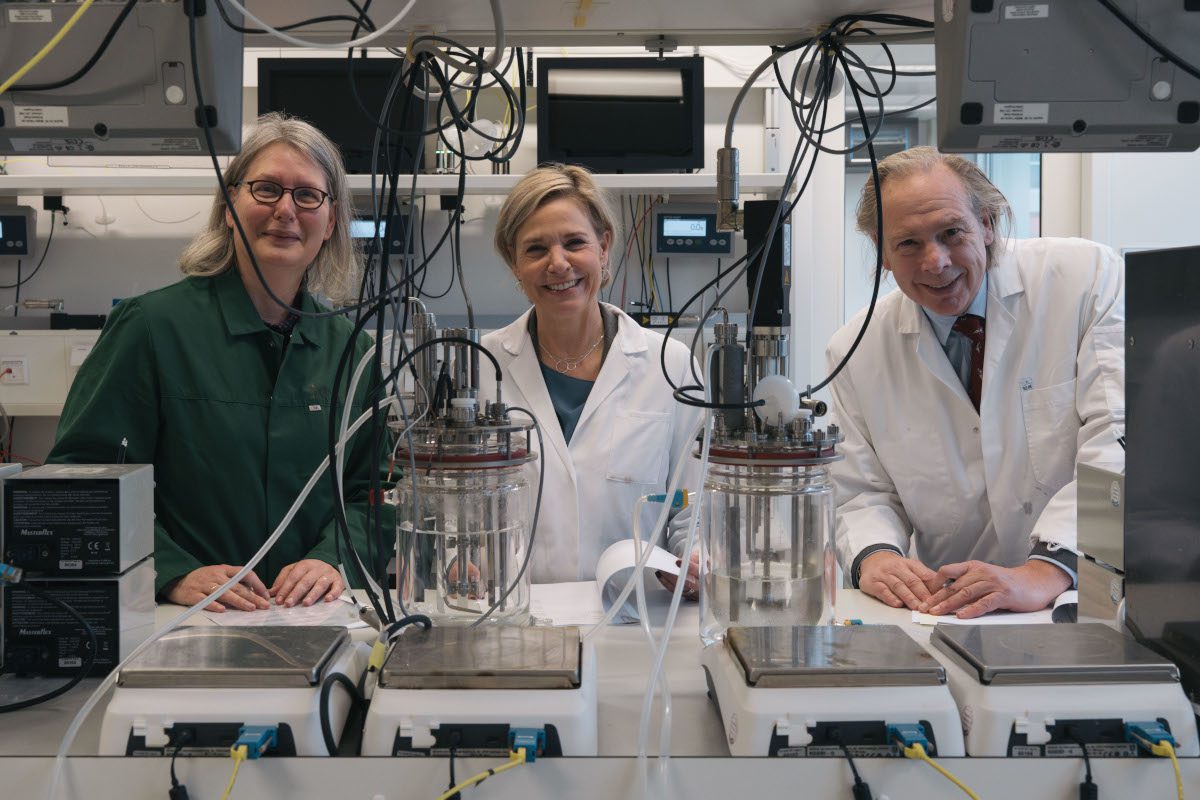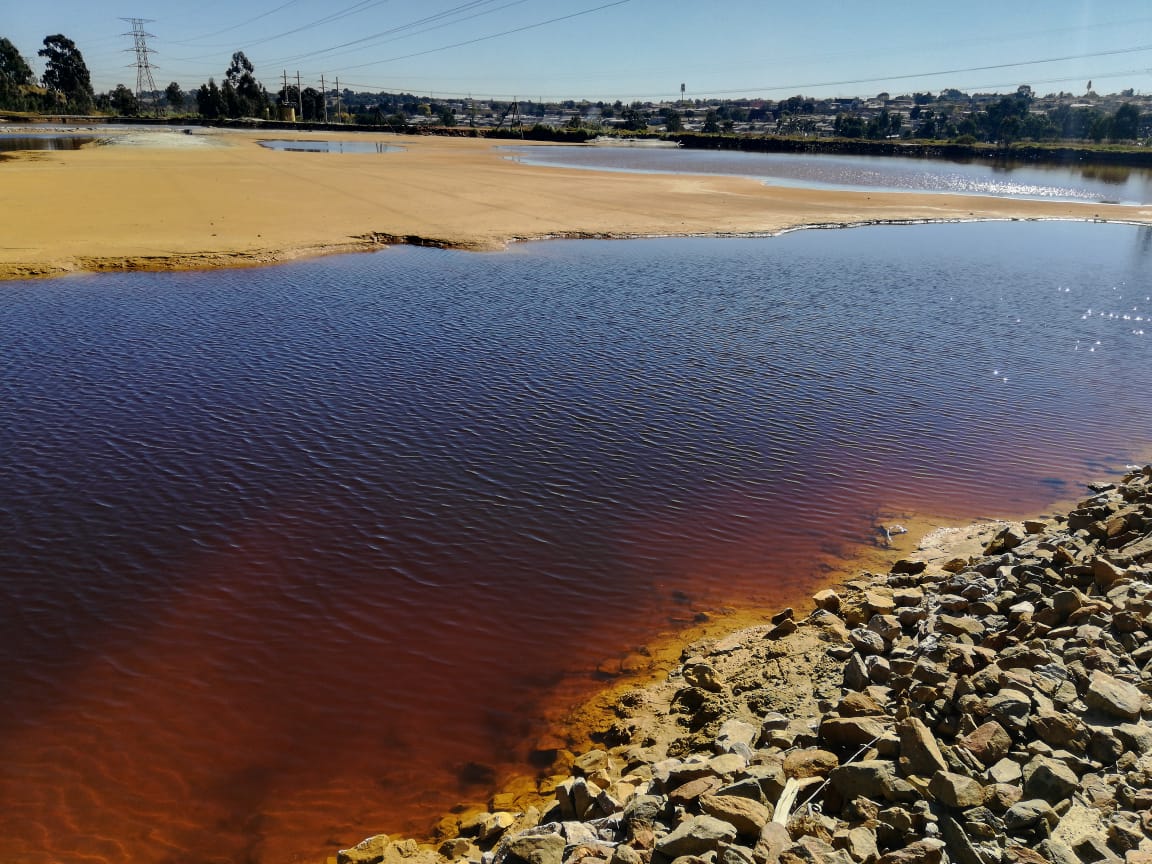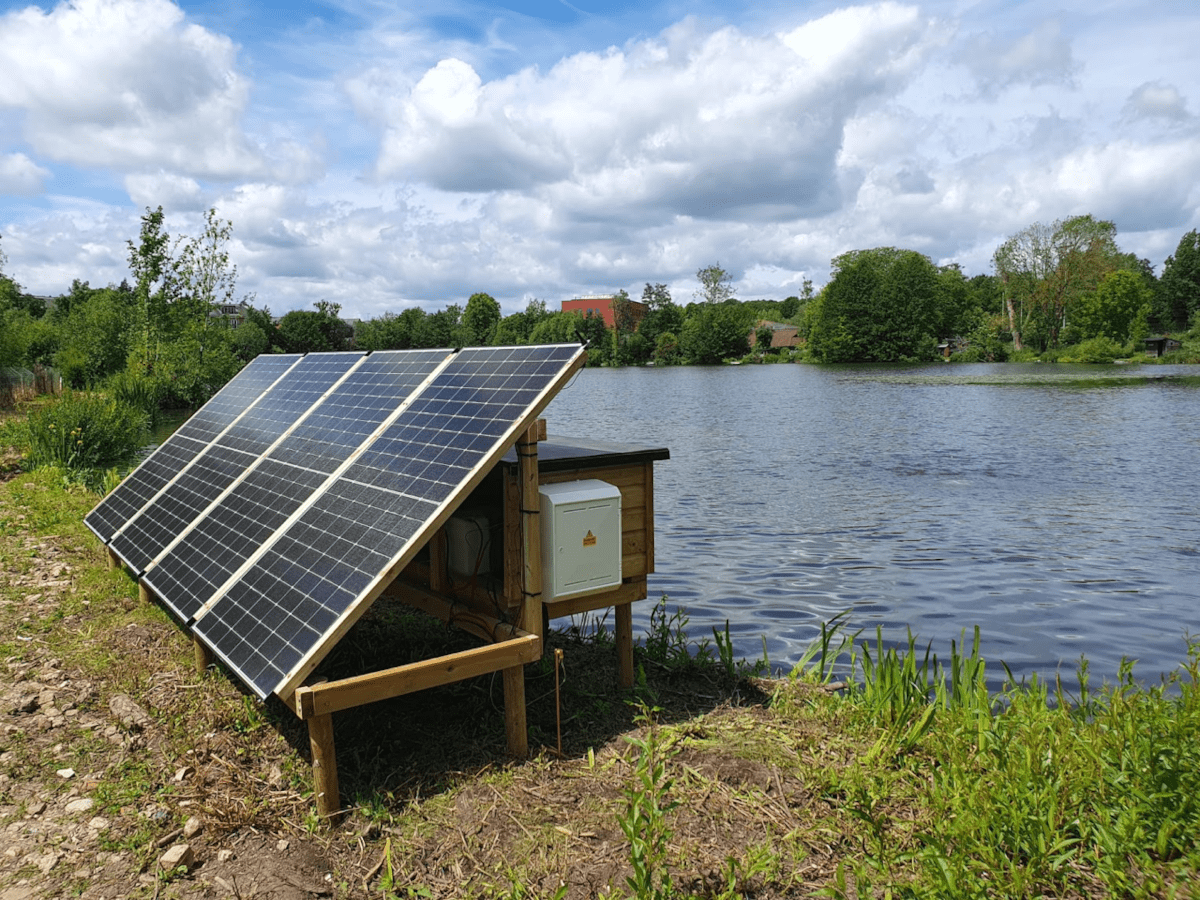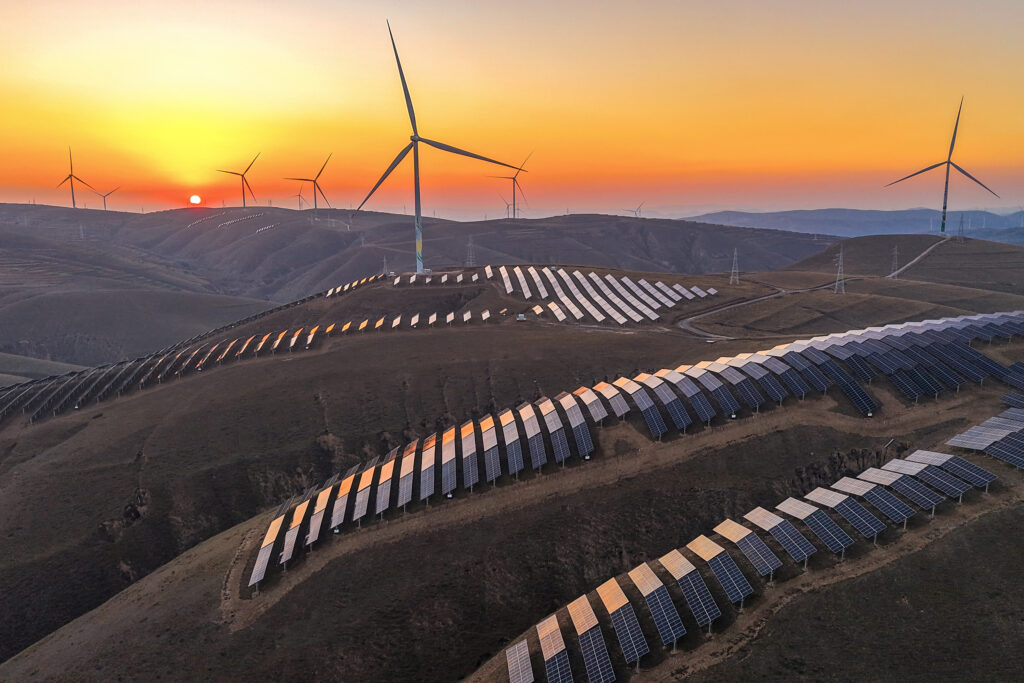Microplastics are still slipping through wastewater treatment plants, and finding their way into the environment, often carrying a cargo of other pollutants, and posing a range of risks.
New findings from the University of Texas at Arlington acknowledge that advances have been made with these plants, but there is still some way to go. Researcher Un-Jung Kim commented: “What our systematic literature review found is that while most wastewater treatment facilities significantly reduce microplastics loads, complete removal remains unattainable with current technologies.”
“As a result, many microplastics are being reintroduced into the environment, likely transporting other residual harmful pollutants in wastewater, such [as] the chemicals Bisphenols, PFAS and antibiotics.”
“These microplastics and organic pollutants would exist in trace level, but we can get exposure through simple actions like drinking water, doing laundry or watering plants, leading to potential long-term serious human health impacts such as cardiovascular disease and cancer.”
According to the study, one of the main challenges in detecting and mitigating microplastics is the lack of standardized testing methods. The researchers also call for a unified approach to define what size particle qualifies as a microplastic.
“We found that the effectiveness of treatments varies depending on the technology communities use and how microplastics are measured to calculate the removal rates,” said the study’s lead author, Jenny Kim Nguyen. “One way to better address the growing microplastics issue is to develop standardized testing methods that provide a clearer understanding of the issue.”
The team also emphasizes the need for greater public awareness of microplastics to help consumers make more eco-friendly choices.
Kim said: “While communities must take steps to improve microplastic detection and screening at the wastewater and water quality monitoring, consumers can already make a difference by choosing to buy clothing and textiles with less plastics whenever feasible, knowing that microfibers are the most common microplastic continually released through wastewater.”
A study published in November also appeared to reveal that wastewater plants fail to kill several human pathogens when they hide out on microplastics. These can become colonized by a sticky microbial biofilm, and these microbial communities have been dubbed ‘plastispheres’. A team from the Norwegian University of Life Sciences found evidence of Listeria monocytogenes, Escherichia coli, norovirus and adenovirus.
















